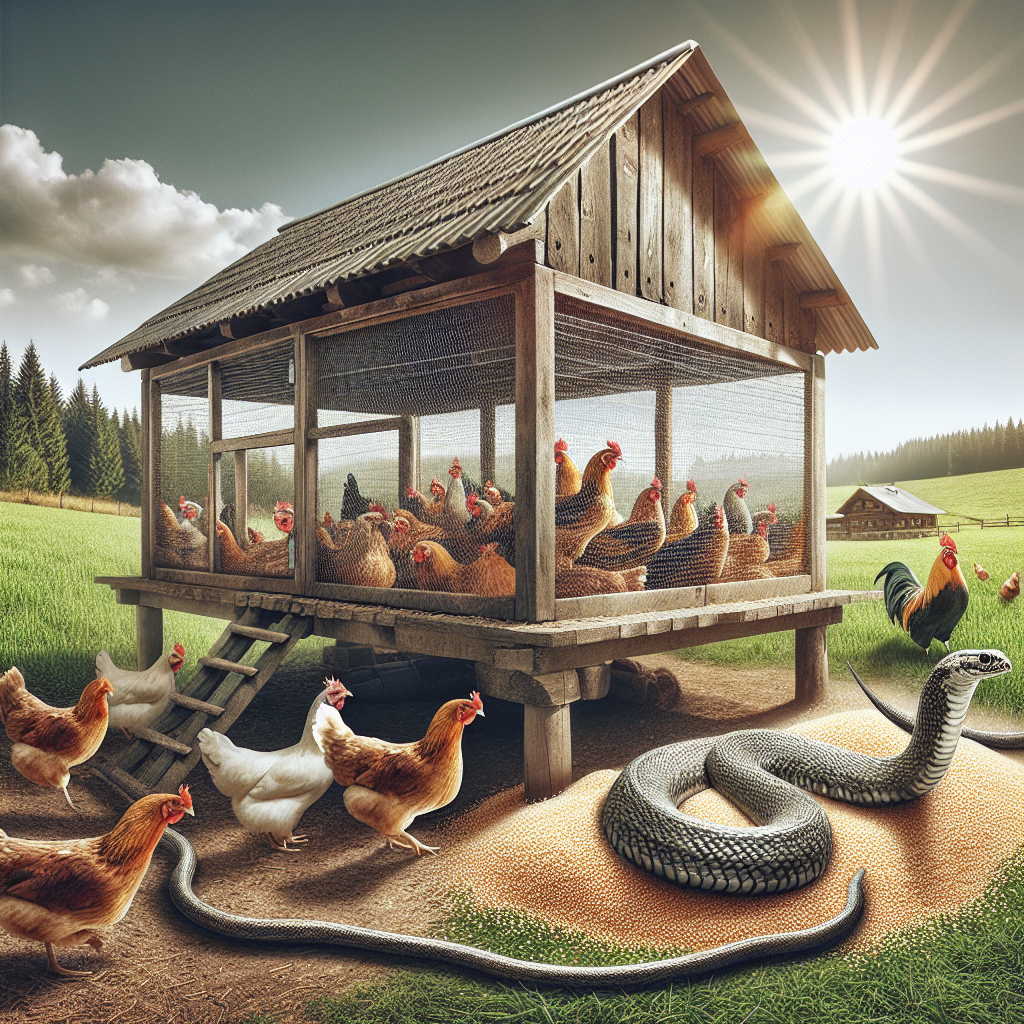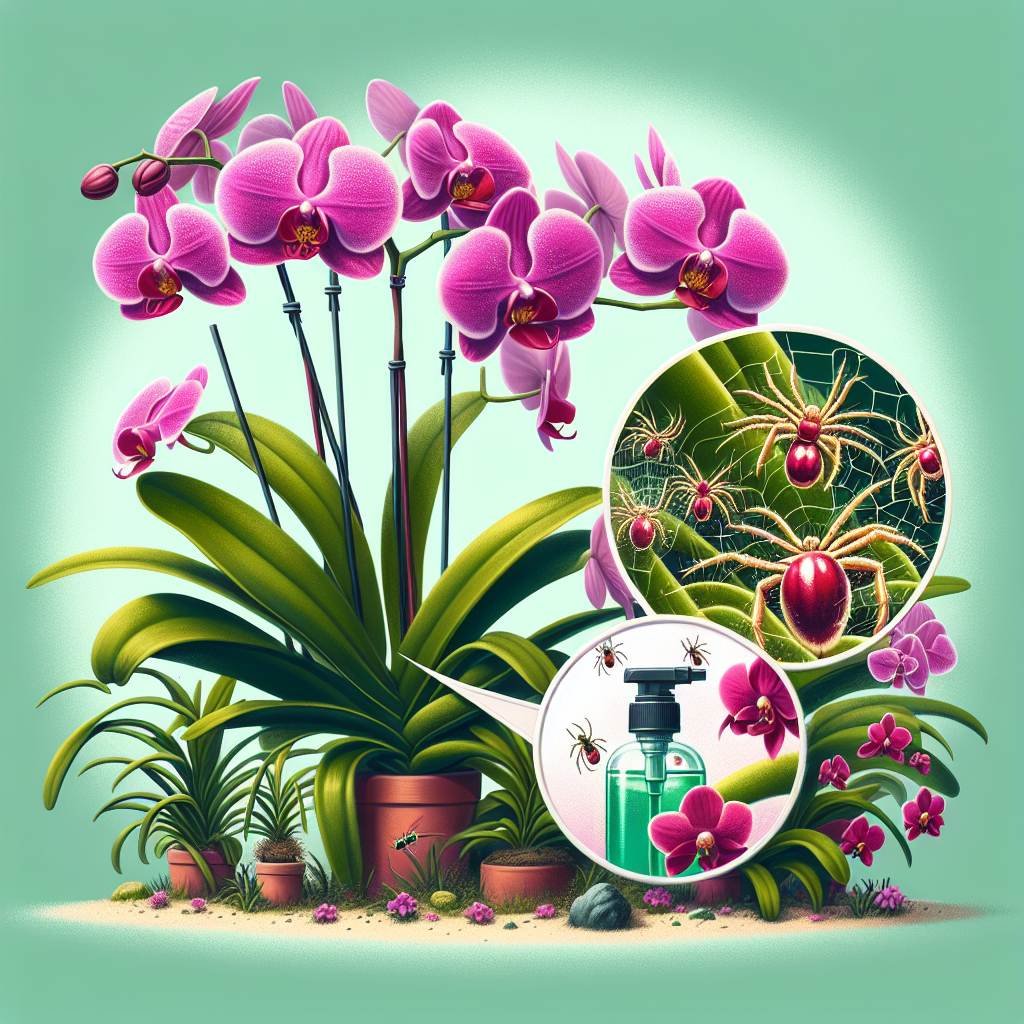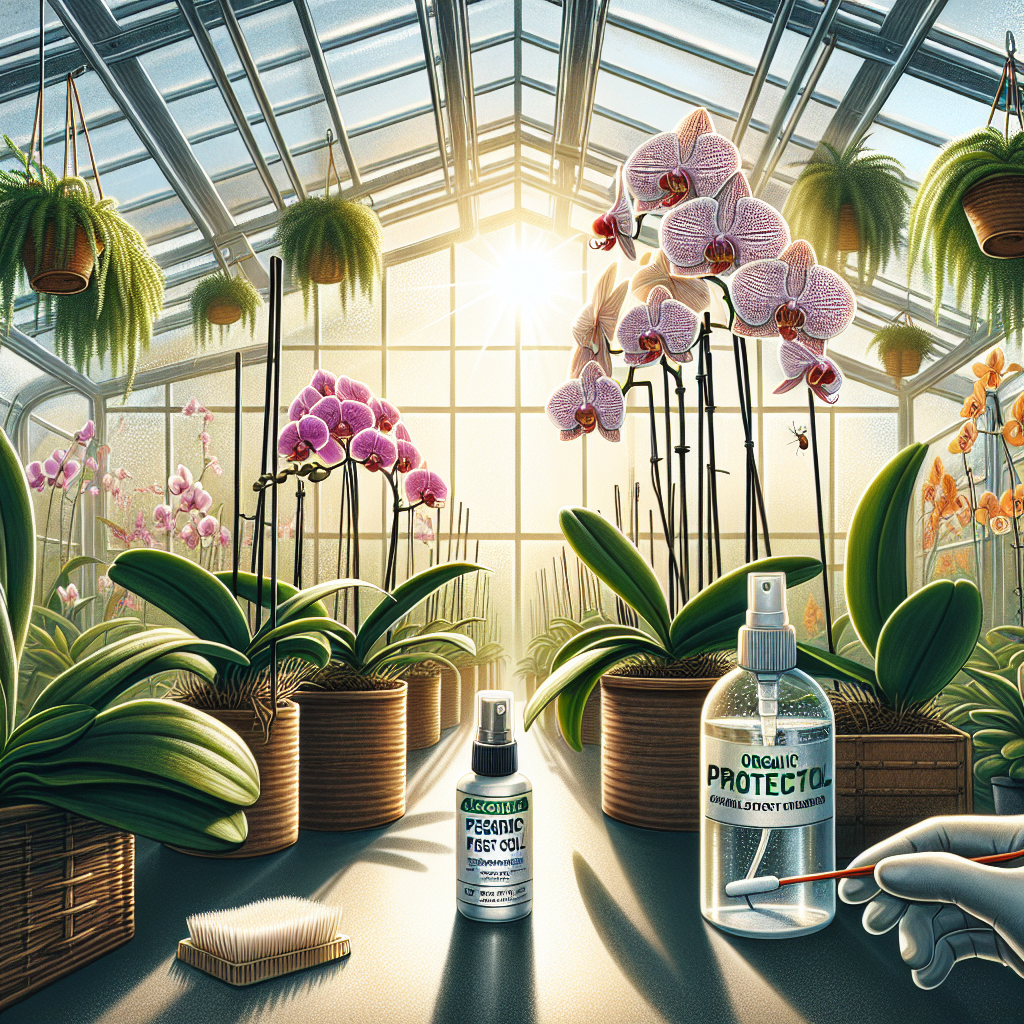Successful Cultivation of Noni Fruit at Home
Updated June 28, 2024 at 4:19 am

Introduction to Noni Fruit Cultivation at Home
- Pet Friendly
The Noni plant, scientifically known as Morinda citrifolia, is generally considered non-toxic, but it’s always wise to keep it out of reach of pets as they may have a different reaction to its strong odor and taste.
- Light Requirements
Noni plants love the sun and thrive best in full sunlight, although they can tolerate partial shade as well.
- Watering
Noni trees require consistent moisture, especially during their early growth stages, but once established, they are quite drought-tolerant.
- Humidity
A tropical plant by nature, the Noni flourishes in high humidity environments, making it a perfect candidate for greenhouse cultivation if you’re in a less tropical climate.
- Temperature
They excel in warm conditions and can withstand temperatures up to 35°C. Freezing temperatures, however, can be detrimental.
- Difficulty
While resilient, the Noni plant does have specific needs; yet, it’s manageable for a dedicated home gardener.
Understanding the Fundamentals of Noni Plant Care
Before embarking on the Noni fruit cultivation journey, it’s critical to grasp the essential requirements of the plant. With its preference for ample sunlight and humidity, ensuring these conditions are met will put you on the path to success.
Many enthusiasts recommend starting Noni plants in pots, allowing for control over the environment. Initial care is paramount, as young plants are less tolerant of neglect compared to their mature counterparts.
Choosing the Right Spot and Soil Composition
Selecting the optimal location for your Noni plant is vital for its growth. Ideally, a sunny spot in your garden that receives at least 6 hours of sunlight daily should be your target. The soil should be well-draining, fertile, and rich in organic matter.
In terms of soil pH, Noni plants are not overly fussy but tend to perform best in neutral to slightly alkaline soils. You can purchase a pH testing kit from a brand like Luster Leaf, which offers an easy-to-use Rapitest pH Soil Tester. This product has received positive reviews for its accuracy and simplicity.
Find This and More on Amazon
Proper Planting Techniques for Noni Trees
Planting the Noni tree involves creating holes that accommodate the root ball comfortably, placing the tree at the same depth it was in its nursery pot. Ensuring good root-to-soil contact is crucial for establishment.
After settling the plant into its new home, watering deeply helps to reduce the shock and encourages the roots to grow outwards. Mulching with organic material can help retain moisture and offer extra nutrients as it breaks down.
The Art of Watering and Feeding Your Noni Plant
Watering your Noni plant requires a balance: while young plants need steady moisture, it’s vital to avoid overwatering which can lead to root rot. Once established, the Noni can tolerate dry spells, but consistent watering during fruit development ensures juicy fruits.
Feeding your Noni with a balanced fertilizer is key to providing the nutrients it needs. A popular choice among gardeners is Osmocote Smart-Release Plant Food, which delivers essential nutrients over time and is well-regarded for its effectiveness in supporting robust plant growth.
Find This and More on Amazon
Pruning and Maintenance for Optimal Growth
Pruning is an integral aspect of Noni cultivation, necessary to ensure air circulation and light penetration. Removal of dead or diseased branches helps maintain plant health. Make sure the pruning tools are sharp and sanitized to prevent the spread of disease.
For pruning tools, the Fiskars Bypass Pruning Shears are an excellent choice, praised for their durability and clean cuts which are essential to prevent harming the Noni plant. These shears are a favorite among gardeners for their ergonomic design and ease of use.
Find This and More on Amazon
Battling Pests and Diseases Naturally
Noni plants can face issues with pests and diseases like any other plant. It’s crucial to tackle them early on. Neem oil, a natural pesticide, is effective against various garden pests and is safe for beneficial insects. Regular inspections can catch infestations before they spread.
In addition, consider introducing beneficial insects like ladybugs or lacewings to your garden ecosystem. These can help manage pest populations without the need for chemical treatments, aligning with eco-friendly gardening practices.
Harnessing Natural Elements: Sunlight and Temperature for Noni
The Noni plant’s love for sunlight cannot be overstated. If cultivating indoors or in less sunny regions, supplement natural light with grow lights to replicate the full spectrum of sunlight. It’s a great way to provide the necessary energy for lush growth and fruiting.
When it comes to temperature, keeping Noni plants warm is crucial. Cold drafts and sudden drops in temperature can be harmful. If you’re in a cooler climate, consider a small greenhouse or a frost cloth for protection when temperatures dip unexpectedly.
Step by Step: From Planting to Harvesting Noni Fruit
From the planting stage, it’s a journey to the first harvest. Noni trees can take a few years to begin fruiting. Patience is a virtue as you nurture your plant through its growth phases. The reward is a bountiful harvest of Noni fruits, known for their unique taste and health benefits.
When the fruits ripen, they turn from green to a translucent yellow. Harvesting is typically done when the fruit is fully ripe, which is evident from its soft texture. Handle the fruits gently to prevent bruising, and enjoy them fresh, or explore processing them for juices or other Noni-derived products.
Nurturing Your Home Garden’s Ecosystem for a Healthy Noni Plant
Creating a thriving environment for your Noni plant extends beyond individual care. Encouraging a diverse garden ecosystem with companion planting can benefit the Noni tree. Companion plants can help deter pests naturally, improve soil quality, and even boost your Noni plant’s growth.
Research suggests plants like lemongrass and marigolds are excellent companions due to their pest-repelling properties. Including these can add beauty to your garden while serving a practical purpose, supporting a holistic approach to Noni fruit cultivation at home.
Harvesting and Processing Noni Fruit for Best Results
Harvesting Noni fruit at the right time is essential for ensuring the best taste and health benefits. You’ll know they’re ready when they have a distinguishable, translucent appearance and are slightly soft to the touch. Be gentle to avoid bruising the delicate fruit.
Processing Noni fruit can be an adventure. You can make a traditional Polynesian fermented Noni juice by aging the fruits in a jar until they release their juices. This method may offer a unique way to enjoy the fruit’s potential health benefits and to add to your homegrown wellness regimen.
Using Advanced Techniques to Boost Noni Fruit Production
For the horticulture aficionados, grafting can be an effective way to increase fruit production and accelerate growth. This method involves joining a Noni plant with another to combine their strengths and create a more resilient hybrid.
Another advanced technique is to manipulate the light exposure the Noni plants receive. Controlling light can affect flowering and fruiting times, a strategy some use to produce fruit year-round or during specific seasons.
Enjoying the Fruits of Your Labor: Noni in Cuisine and Medicine
Once you have successfully harvested your Noni fruit, the fun doesn’t stop there. Incorporating Noni into your diet can be an exotic culinary experience. You may try adding it to smoothies or creating sauces that complement its distinct flavor profile.
The historical use of Noni fruit in traditional medicine can also be explored at home. Its perceived health-enhancing properties have been the subject of study, and many consume Noni in hopes of gaining its potential benefits, such as improved immune function and antioxidant effects.
Building a Community of Noni Growers
Create a network with other Noni fruit cultivators. Sharing experiences and tips can help you learn and grow in your Noni cultivation journey. Online forums, social media groups, and local gardening clubs are great places to connect with like-minded individuals.
Attending workshops or seminars can also provide valuable insights and often offer the chance to ask experts for advice on cultivation specifics, pest management, and maximizing fruit production.
Continual Learning and Experimentation
Gardening is a dynamic practice, and growing Noni at home is no different. Stay open to learning from each growth cycle. Observe your plant’s responses to particular treatments and adapt your care regimen accordingly. Experimentation can lead to personal discoveries and even local adaptions for growing Noni.
Moreover, embrace the inevitable – occasional setbacks are a part of the learning curve. Each challenge is an opportunity to deepen your understanding and refine your approach to Noni cultivation.
Conservation and Sustainable Practices in Noni Cultivation
Adopting eco-friendly gardening practices is essential for sustainable Noni cultivation. Composting, rainwater harvesting, and utilizing natural pest deterrents contribute to a sustainable cycle that benefits both your plants and the environment.
Cultivating Noni fruit at home can be a harmonious addition to your sustainable lifestyle. It’s more than just gardening; it’s a step towards self-reliance and a commitment to ecological stewardship.
Final Thoughts on Growing Noni at Home
Growing Noni fruit at home immerses you in a world where tradition meets modern cultivation, offering both challenges and rewards. It requires patience, care, and research but offers rich rewards in terms of fresh, health-beneficial fruits and the satisfaction of nurturing nature’s miracles.
Whether you are a novice or an experienced gardener, cultivating Noni is a journey of continuous learning and enjoyment. It’s a rewarding endeavor that not only yields fruit but also contributes to a healthier, more sustainable way of living. Cherish each step and savor the growth along the way.
Shop more on Amazon

